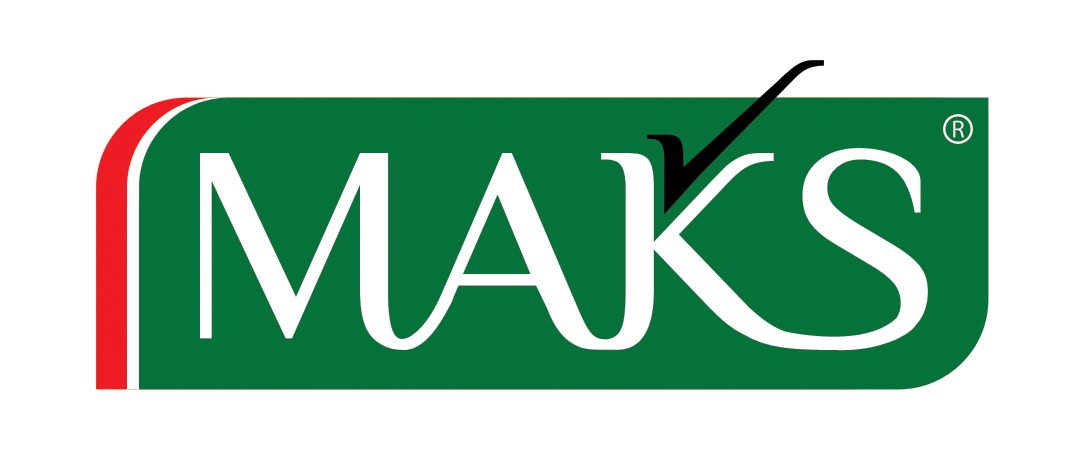EMC detection
With the electrical and electronic technology, the increasing popularity of home appliances and electronic products, radio and television, telecommunications and computer networks become increasingly developed, increasingly complex electromagnetic environment and deterioration, making electrical and electronic products, electromagnetic compatibility (EMC electromagnetic interference EMI and electromagnetic anti-EMS) problem by governments and the growing importance of production enterprises. European government regulations, from 1996 January 1, all electrical and electronic products must pass the EMC certification, CE certification mark affixed only after the market in the EC. This widespread influence in the world, governments have taken measures to RMC on the performance of electrical and electronic products, mandatory management. According to the EU’s Electromagnetic Compatibility (EMC) Directive 2004/108/EC, all in the EU market of electrical and electronic products must be in its other products to foreign interference and influence of anti-interference, strict compliance with EU legal requirements.
Electromagnetic Compatibility Directive
In addition to the risk for the machinery, the EU Machinery Directive, set 89/392: In order to reconcile the European Union Member States relating to the permitted level of electromagnetic interference, the EU Council on May 3, 1989 issued by Member States on the magnetic phase between capacitive blending related laws – Electromagnetic Compatibility Directive (ElectromagneticCompatibilityDirective, 89/336EEC, referred to as EMC Directive), followed by 92/31/EEC, 93/68/EEC Second Amendment. Is the latest implementation of the EMC directive for the European Union 2004/108/EC, I Division of EMC tests are conducted in the context of the implementation of the directive.
※ What is electromagnetic compatibility (EMC)?
In the process to demonstrate compliance with EMC directive before the first EMC is defined as follows:
A device or devices and other devices simultaneously, the electromagnetic interference problems will not affect normal work capacity. Which include:
EMI (ElectromagneticInterference) / Electromagnetic Interference:
A device or devices in operation have a negative feature in the signal occurs, this signal is not significant and do not want to, it may come from the outside world may come from their own.
EMI can be divided into two directions to consider:
• CE (ConductedEmission): transfer of radioactive
• RE (RadiatedEmission): radioactive radiation
EMS (ElectromagneticSusceptibility) / electromagnetic tolerance
Of a device or devices during operation without affecting the capacity of the surrounding electromagnetic environment.
Electromagnetic tolerance can be divided into two directions to consider:
• CE (ConductedSusceptibility): transfer of radioactive
• RE (RadiatedSusceptibility): radioactive radiation
※ What equipment required to meet EMC Directive?
According to instructions Article2.1, EMC Directive applies to objects, contains all the equipment prone to electromagnetic interference, or the function itself vulnerable to the effects of electromagnetic interference equipment.
EMC Directive are listed near the three instruments, equipment as follows:
• domestic radio and television receivers
• industrial manufacturing equipment
• Radio operations
• Radio operations and business telephone operations
• Medical and scientific equipment
• IT equipment
• general electrical and household appliances
• aviation and shipping using wireless devices
• Education and Electronic Equipment
• telecommunications network and equipment
• radio and television transmitters
• lights and fluorescent lamps
※ products have to meet the electromagnetic compatibility directive related standards?
• EN55011: Limitsandmethodsofmeasurementofradiointerferencecharacteristicsofindustrialelectricaldevice
• EN50081-2: Electromagneticcompatibility-Genericemissionsstandard
Part2: Industrialenvironment
• EN50082-2: Electromagneticcompatibility-Genericimmunitystandard
Part2: Industrialenvironment
※ industrial products related to electromagnetic compatibility tests, and according to standards
EMI / EMI
• CE (ConductedEmission) / conducted emissions tests: EN55011
• RE (RadiatedEmission) / Radiation Radiation Testing: EN55011
EMS / electromagnetic tolerance
• CS (ConductedSusceptibility) / conductive immunity test: EN61000-4-6
• RS (RadiatedSusceptibility) / radiation immunity test: EN61000-4-3
• ESD (Electrostaticdischarge) / ESD immunity tests: EN61000-4-2
• EFT / Burst (Electricalfasttransient) / fast transient pulse immunity test: EN61000-4-4
• PFMF (Powerfrequencymagneticfield) / power frequency magnetic field immunity test: EN61000-4-8
* Surge / lightning surge immunity test: EN61000-4-5
* PQF (Voltagedips, interruptionandvariation) / voltage transient immunity tests: EN61000-4-11
* Reference, non-essential.
※ Other products related to standards of electromagnetic compatibility directive
• EN55011: for industrial, scientific, medical products
• EN55013: suitable for broadcast receivers and ancillary equipment
• EN55014: suitable for home appliances and portable tools
• EN55015: suitable for lighting products
